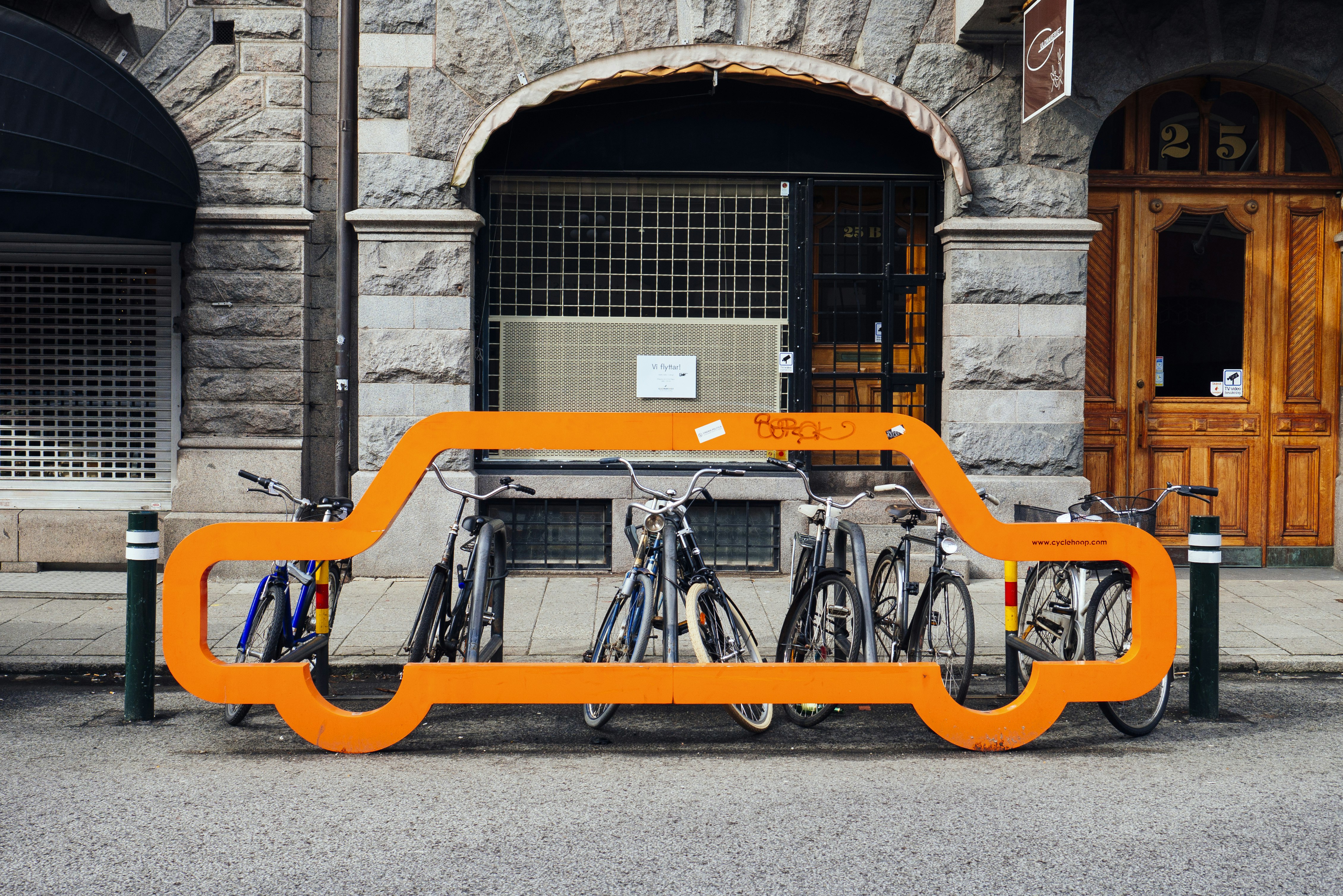The human population of the world is urbanizing, but some places are performing better than others. The key to making a good modern and productive city is to make it walkable. Design for people, not cars.
Over at BBC autos they took a look at what attracts smart people to the smartest cities and it looks like walkability is a driving factor.
For example, the top three cities in the study with the highest percentages of office, retail, and residential spots in walkable areas — New York, Washington, and Boston — had a lot of citizens age 25 and up who hold a least a bachelor’s degree. Washington had the most of those citizens in the entire study (51%), and Boston had third most (42%).
…
Big cities that topped the study’s list in GDP and education level have long been absent of the hallmarks of car-centric suburbia, like freeways and strip malls.


